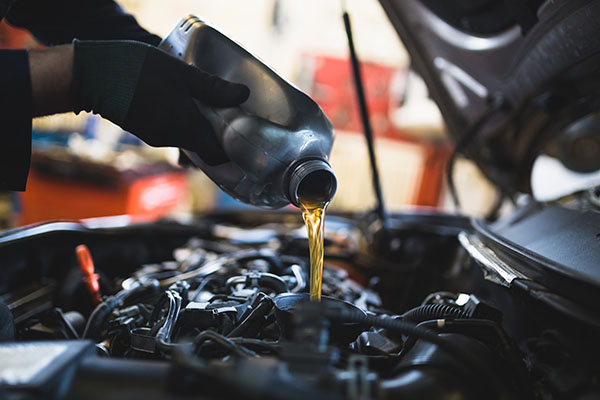
Regularly checking your engine oil is one of the most critical aspects of vehicle maintenance. Engine oil plays a vital role in lubricating engine components, reducing friction, and preventing overheating. Monitoring your engine oil levels ensures optimal engine performance, longevity, and reliability. If you’re confused on how often you should do it and the proper method for performing an oil check, continue reading!
Engine oil serves multiple crucial functions in your vehicle's engine. It lubricates moving parts to reduce friction and wear, helps dissipate heat, prevents corrosion and rust formation, and maintains a seal between the pistons, rings, and cylinder walls. Over time, engine oil deteriorates due to heat, moisture, and contaminants, losing its effectiveness and viscosity. Regular oil checks allow you to monitor oil levels and quality, preventing potential engine damage and costly repairs.
How Often Should You Check Your Engine Oil?
The frequency of engine oil checks depends on various factors, including vehicle age, mileage, driving conditions, and oil type. As a general rule of thumb, it's recommended to check your engine oil at least once a month and especially before long trips. For older vehicles or those with high mileage, more frequent checks may be necessary, such as every two weeks. Additionally, if you notice any signs of oil leakage, engine noise, or performance issues, check the oil immediately.
Performing an Engine Oil Check
Checking your engine oil is a straightforward process that can be done by just about anyone. Here are all the simple steps:
- Park your vehicle on a level surface and wait for the engine to cool down. This ensures an accurate oil level reading.
- Locate the engine oil dipstick, usually indicated by a brightly colored handle and labeled "Engine Oil" or "Oil."
- Pull out the dipstick, wipe it clean with a rag or paper towel, and reinsert it fully into the dipstick tube.
- Remove the dipstick again and observe the oil level. The oil should fall between the two marked lines or within the crosshatched area on the dipstick. If the oil level is below the minimum mark, add oil as needed.
- Take note of the oil's color and consistency. Fresh engine oil is amber or light brown in color and has a smooth texture. Dark, gritty, or sludgy oil indicates contamination and may require an oil change.
- Reinsert the dipstick securely and close the hood of your vehicle.
By monitoring oil levels and quality, you can identify potential issues early, prevent engine damage, and prolong the lifespan of your engine. If you're unsure about how often to check your engine oil or need assistance with oil maintenance, feel free to visit Autoworks Of Issaquah for professional guidance and service.